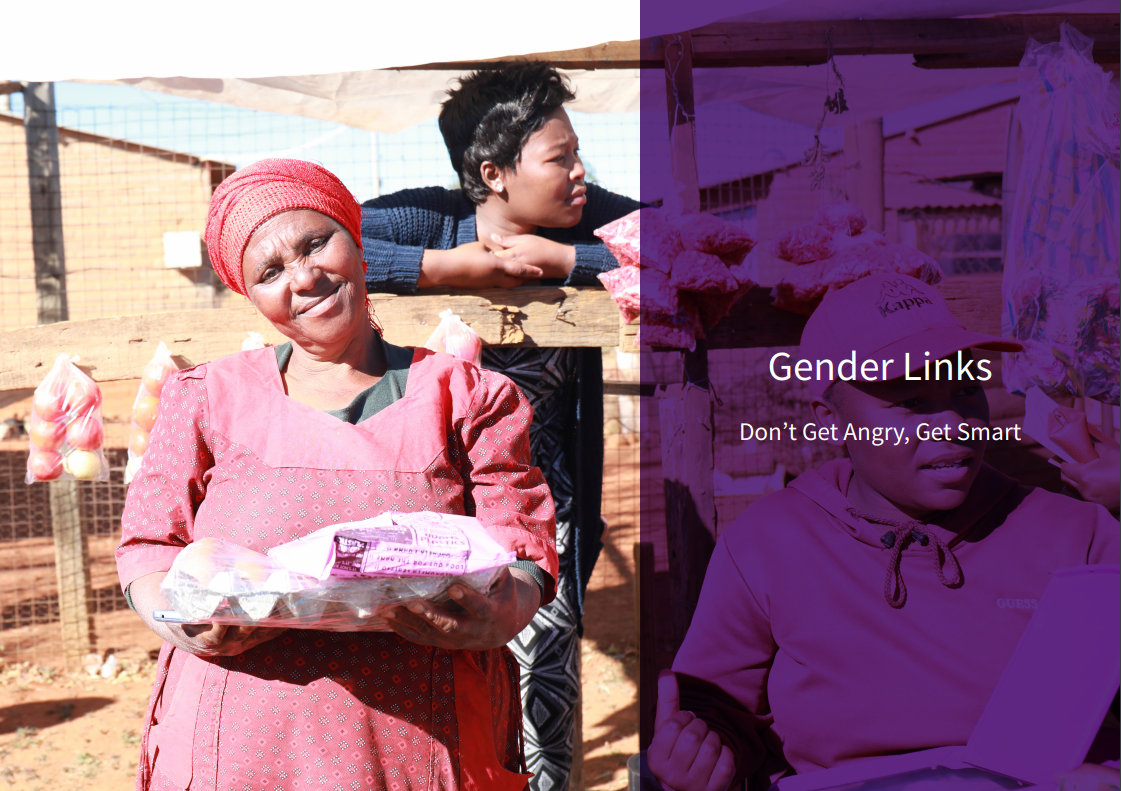
Gender Links – for equality and justice
From the outside, the unassuming red-brick house in Johannesburg’s southern suburbs does not look like much. From the street, it would be near impossible to guess that these are the offices of one of Southern Africa’s leading women’s rights organisations. Gender Links is a small organisation with a large footprint, with over 600 partners in ten countries, all working towards the promotion of women’s rights in the region. Gender Links CEO Colleen Lowe Morna is no stranger to advocacy work. She started her career as a journalist specialising in gender and development. After South Africa’s first democratic elections in 1994, she became an advisor on gender and institutional development. “We like to say we work from the grassroots all the way up to the elephant,” she laughs. This approach is necessary, says Morna. “The main challenge working in the gender space is the reality gap. There is a marked difference between constitutions, legislation, policy and the lived realities of women.”
Morna says it is widely accepted that it is difficult to see the results and impact of gender justice work on paper. Gender Links, however, might be an exception to this. From work with grassroot organisations to policy change at state level, the sheer scope and breadth that Gender Links operates on is hard to
comprehend.
“Gender Links acts as a big sister to smaller organisations, who are in turn empowered to mentor others,” she explains. “Our work is to build the capacity of our little sisters.” While the stories of individual stories of women who have benefitted through Gender Links programmes are significant, the organisation’s impact is also evident in its numbers. The Gender and Governance programme, spearheaded by Gender Links, has put gender on the local government agenda. There are now 432 councils in ten countries recognised as Centres of Excellence for Gender in Local Government. These local councils have committed to work towards 50/50 representation at local government level, while furthering gender responsive budgeting and service delivery. These councils cover a population of around 40 million people, approximately 34% of the population in the ten countries they are located in. “We can’t just start talking about representation of women in government at a national level in parliament,”
Morna explains. “But it’s also not enough to talk about representation among local government councillors. We need to look at women’s political participation as a whole. That includes the committees that deal with water and sanitation and housing and all other things.”
